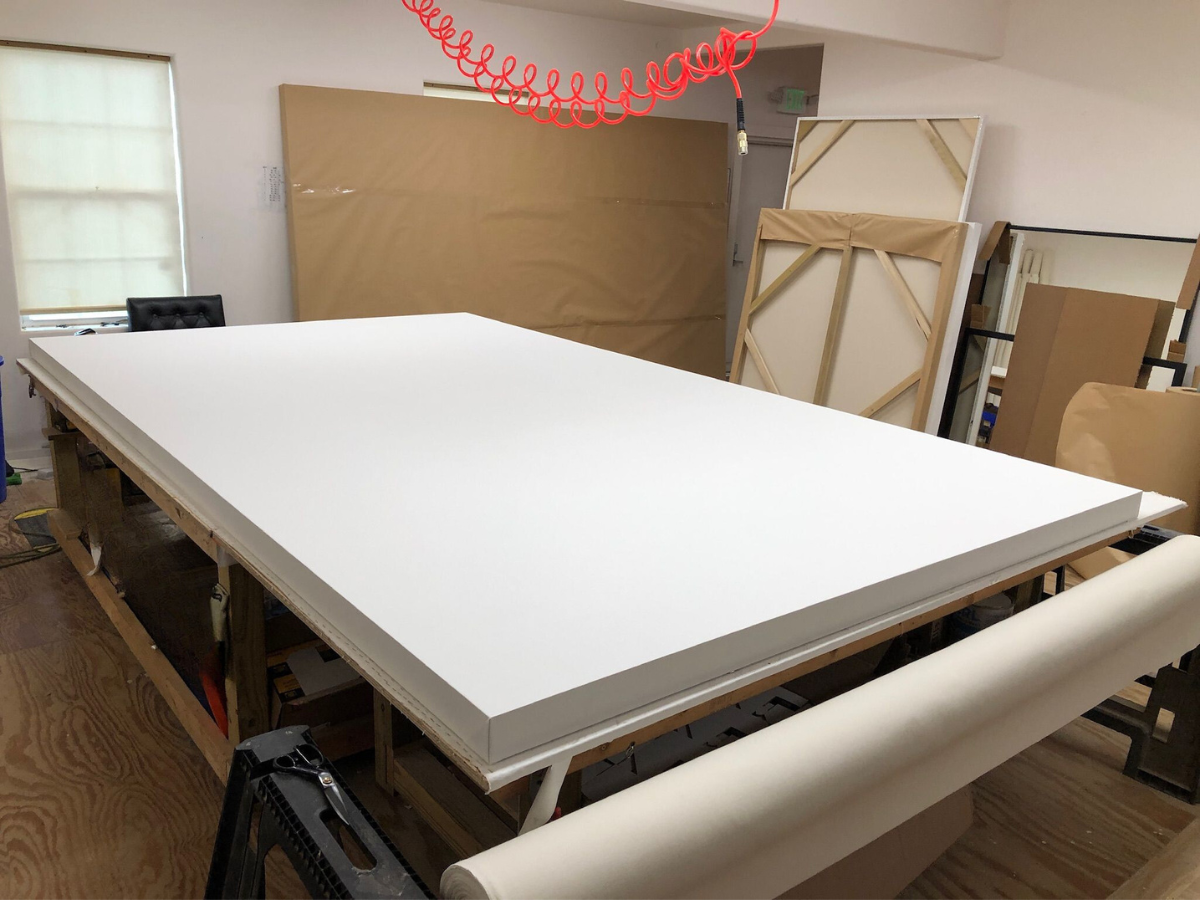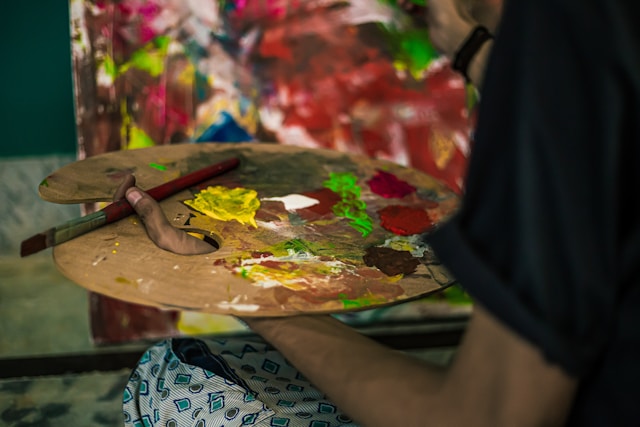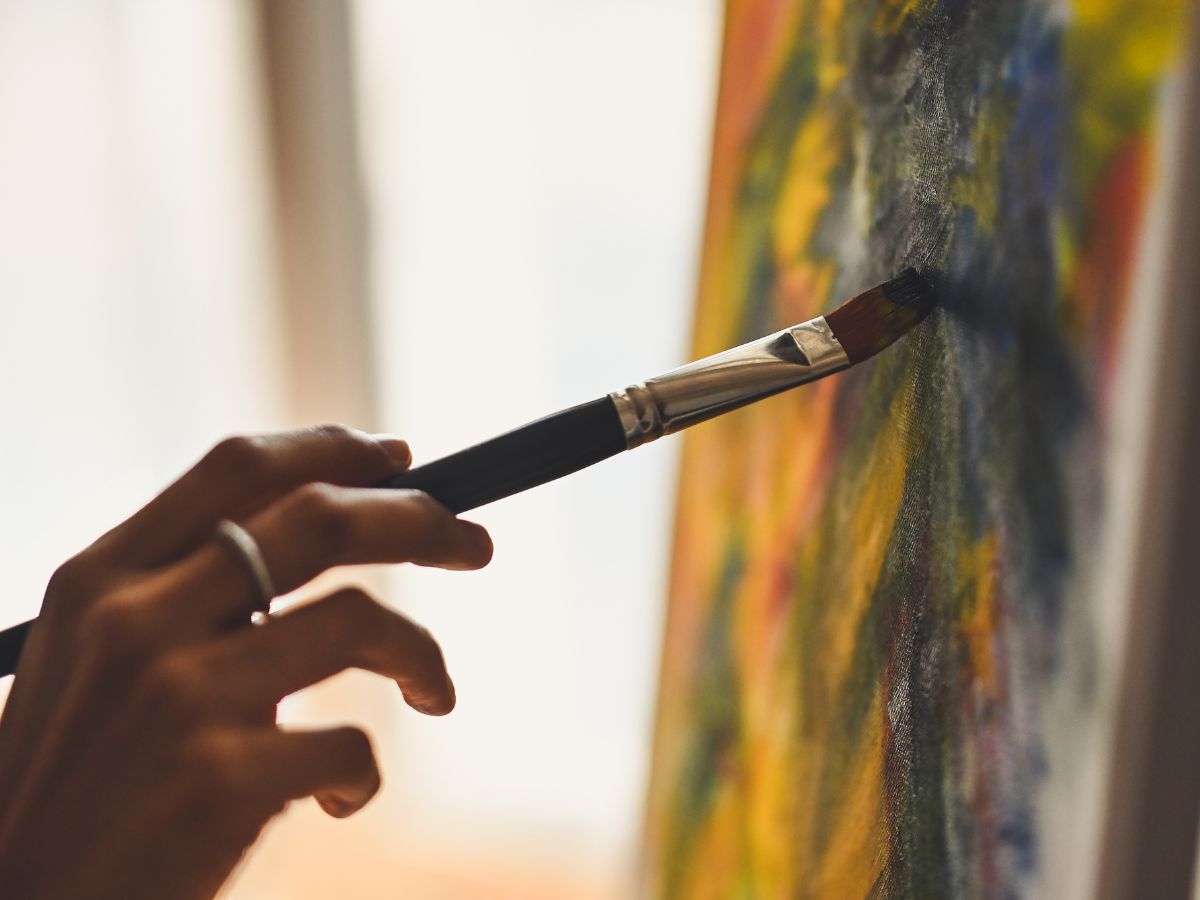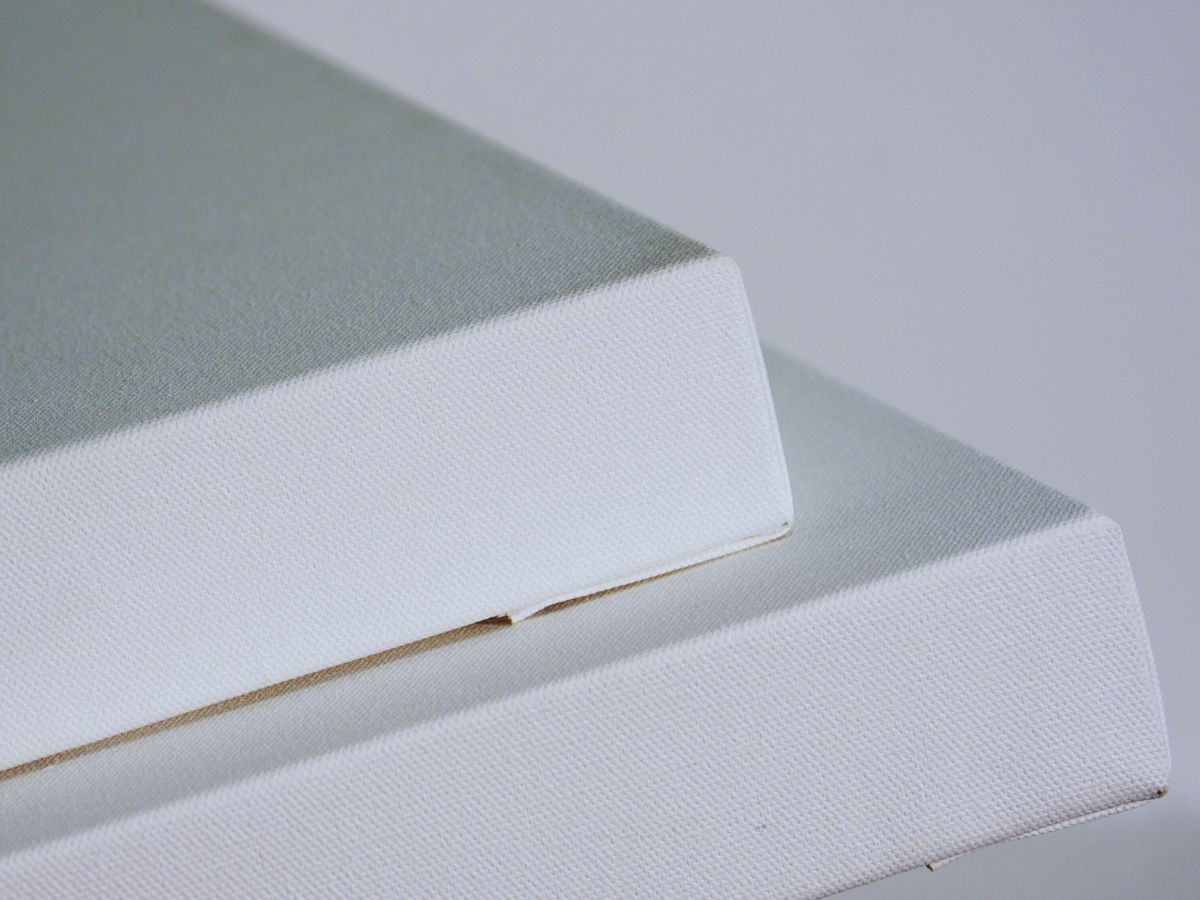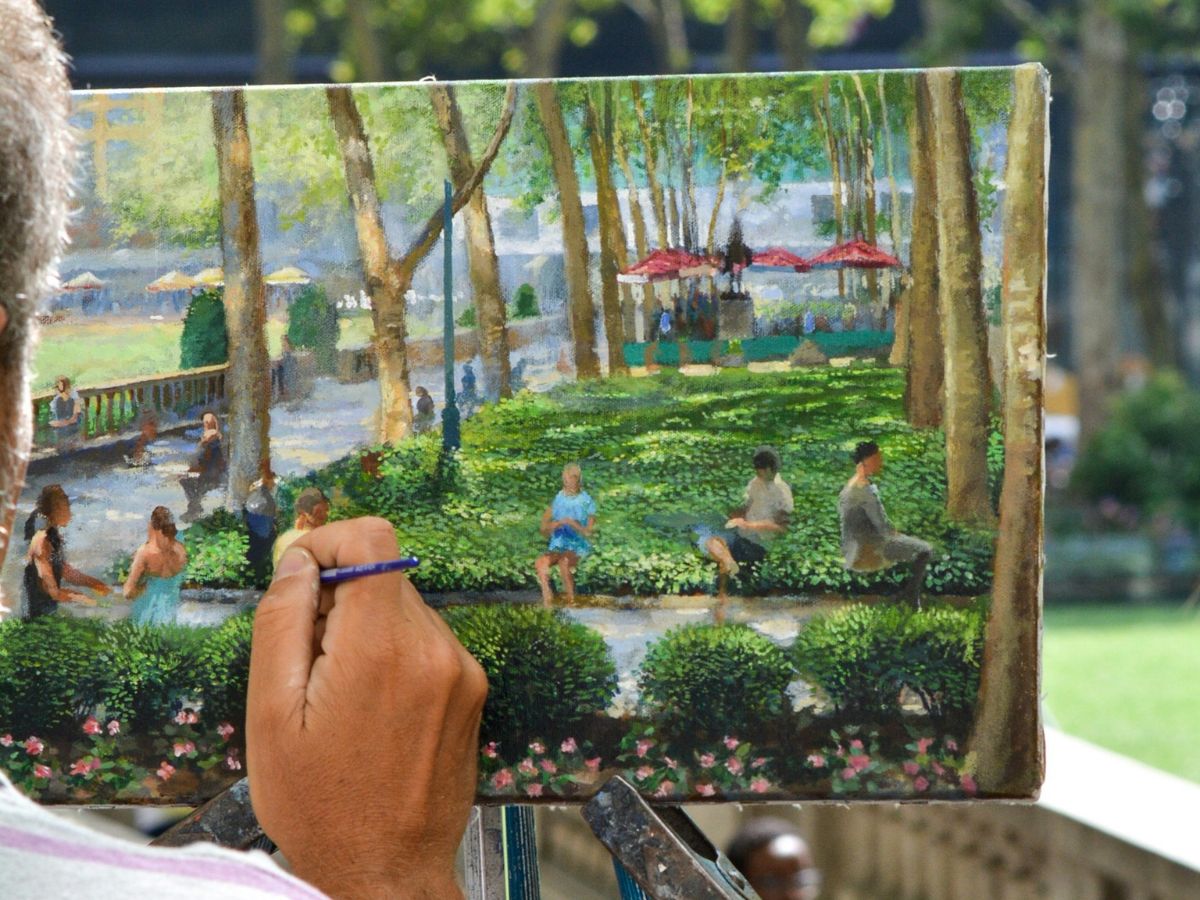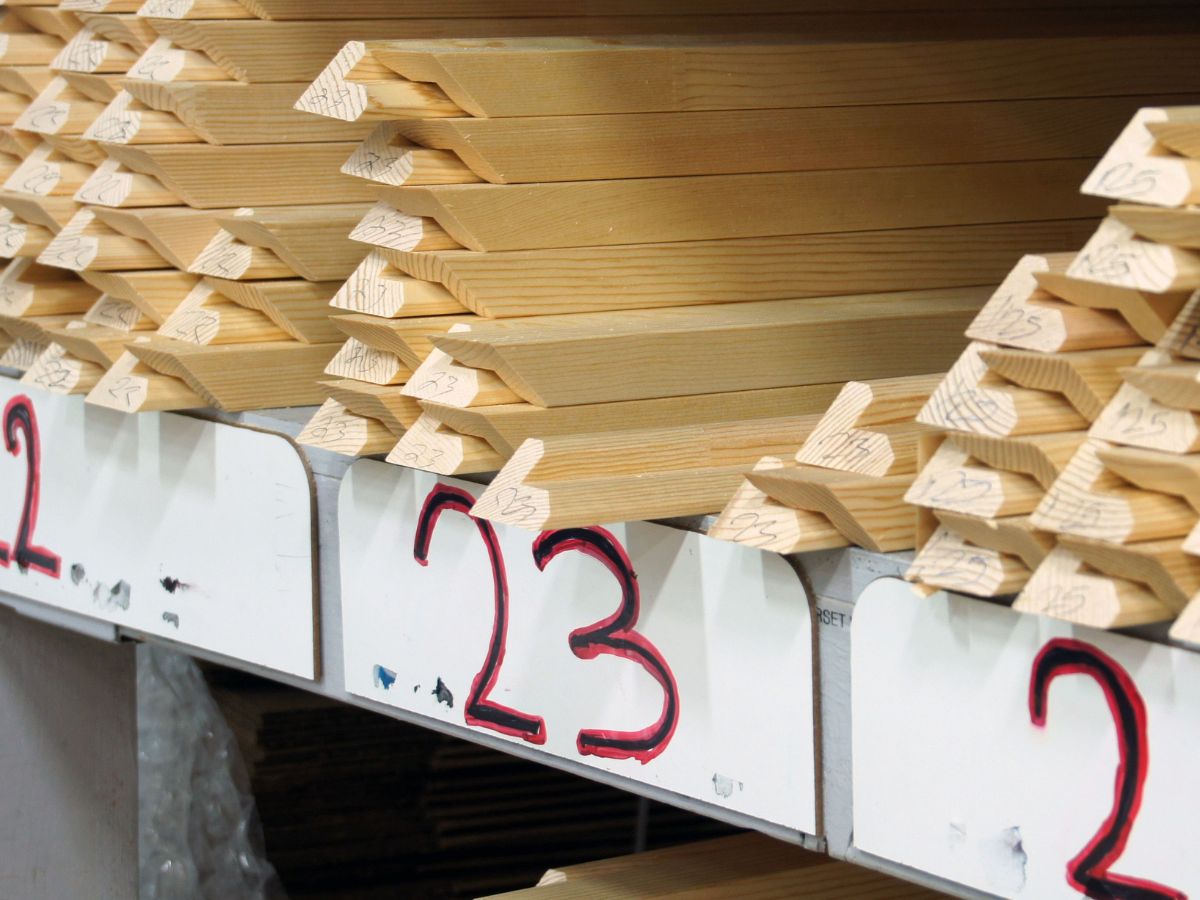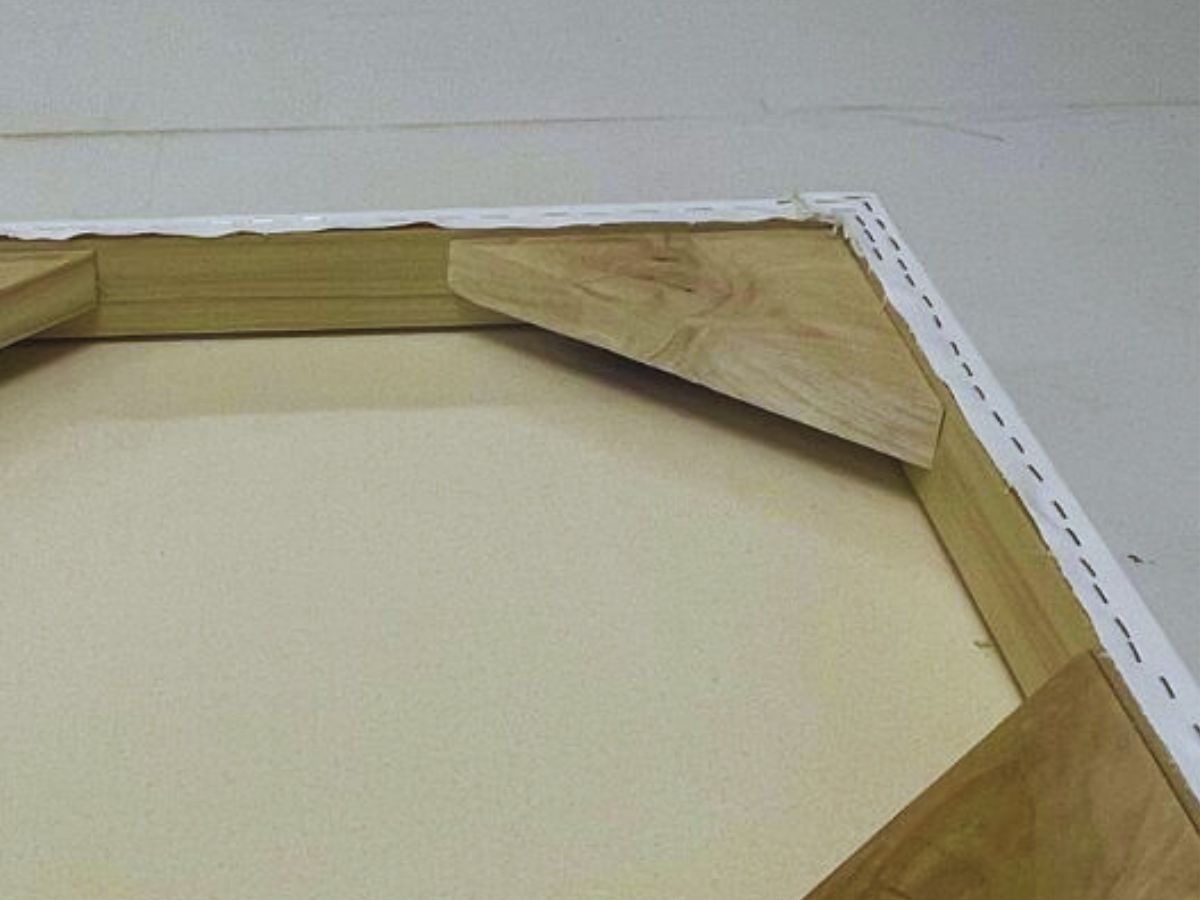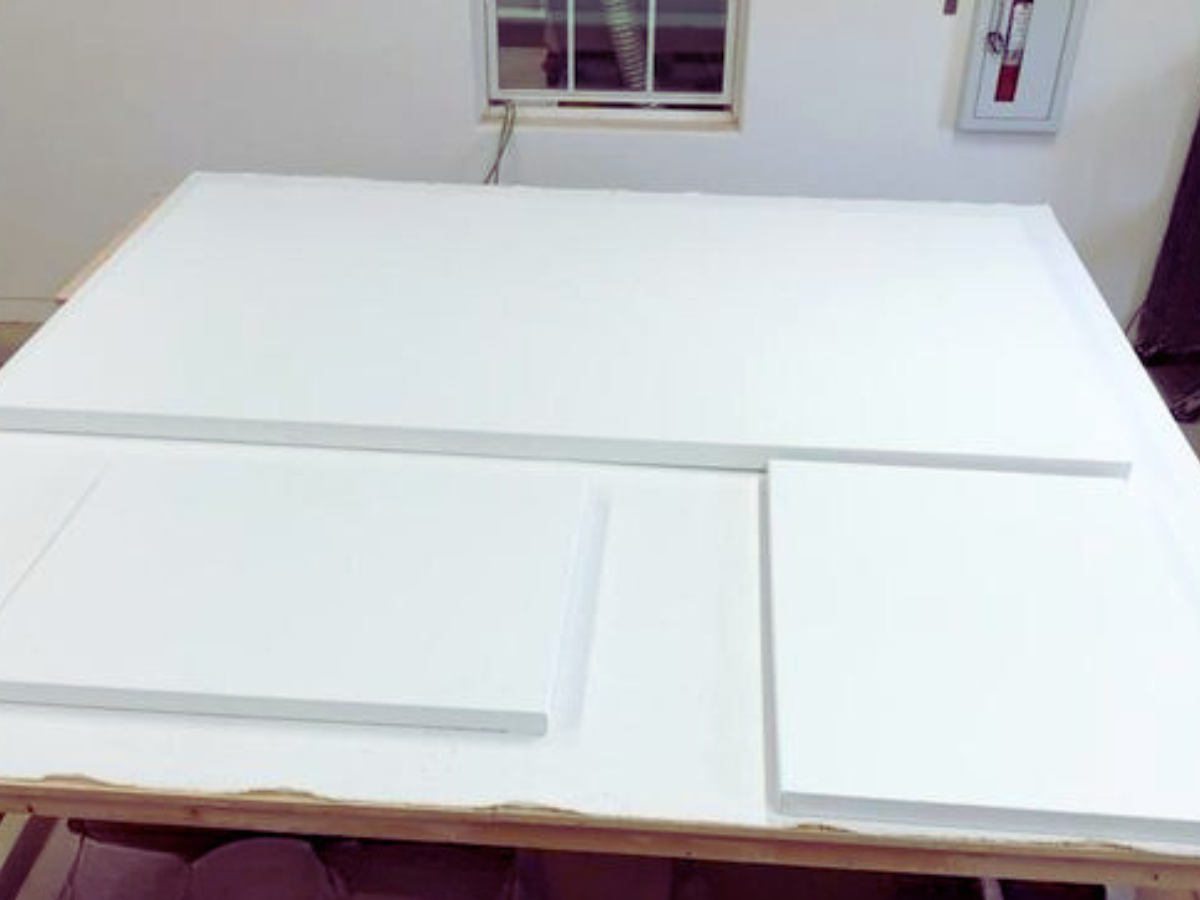
Understanding Canvas Types for Oil, Acrylic, and Mixed Media Art
When embarking on a new painting project, selecting the appropriate canvas is as crucial as choosing your color palette. The right canvas not only complements your medium—be it oil, acrylic, or mixed media—but also influences the texture, durability, and overall presentation of your artwork. Here are the various canvas options to help you make an informed choice for your next masterpiece.
